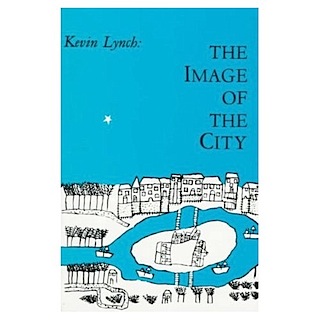-
Cartography: the old versus the new? an evening in De Balie
On December 14th 2009 De Balie – an Amsterdam-based center for culture and politics – organized an evening about old and new cartographies. Participants were Ferjan Ormeling (Emeritus Professor Cartography, Faculty of Geographical Sciences, Utrecht University), Henk van Houtum (Associate Professor of Geopolitics and Political Geography, Head of the Nijmegen Centre for Border Research), Maarten…
-
“How can architects relate to digital media?” TMC keynote at the ‘Day of the Young Architect’
(download as PDF >>) How can architects relate to digital media? The Mobile City keynote at the ‘Day of the Young Architect’: outcomes and further thoughts written by Michiel de Lange & Martijn de Waal Introducing the main questions What do developments in digital media have to do with architecture? And how should architects and…
-
Article in Second Nature journal about The Mobile City project and urban gaming
The second issue of the RMIT journal Second Nature is about “Games, Locative & Mobile Media”. I wrote a short article about urban games and their importance for the issues we address with The Mobile City. In this article I discern five possible ‘levels’ to understand urban games: (1) the city is often used as…
-
Report of the Sentient Rotterdam Workshop (Nov 6th 2009)
On November 6th 2009 The Mobile City organized the Sentient Rotterdam Workshop in collaboration with Mark Shepard. About 20 participants from varying disciplines came together to discuss the role of sentient technology in urban culture. Participants were divided in small groups of 4-5 people to work on a possible intervention in the city of Rotterdam…
-
PICNIC ’09 report 1: augmented reality
This year’s PICNIC (September 23-25 2009 in Amsterdam) had some really great sessions and speakers. The Mobile City couldn’t possibly attend everything. Therefore I will zoom in on two sessions that were particularly interesting for our themes. One on Wednesday Sept. 23, about augmented reality. And the other on Friday Sept. 25, about eco-mapping. In…
-
review: Stephen Graham – The Cybercities Reader (2004)
In The Cybercities Reader (2004) Stephen Graham – at that time Professor of Urban Technology in Newcastle – bundles a great number of seminal texts about the intersections of digital media technologies and urban life. Some articles were written especially for this reader. Others were previously published. The book departs from the premisse that “[t]he…
-
Digital Cities 6: urban media / urban informatics and different notions of public space
I attended the Digital Cities 6 Workshop this week in State College Pennsylvania (put together by Marcus Foth, Laura Forlano and Hiromitsu Hattori, thanks for that!). The workshop started from the notion that with the advent of urban informatics, it is now possible to collect large collections of data about the behaviour of people within…
-
Augmented reality on the mobile: MoMo Amsterdam #11
Mobile Monday #11 themed “Visions on Mobile” took place on June 1 2009 and had some great speakers: Alan More, Jamais Cascio, Andrew Grill, Joe Pine, Howard Rheingold, and Robert Rice – yes, all guys with visions in the mobile world 🙂 Photo by Anne Helmond As MoMo is a kind of trend-watching event, the…
-
review: Kevin Lynch – The Image of the City

As part of a new effort of The Mobile City to compile an ever-expanding overview of literature relevant to our themes, I will review this oldie-goldie published in 1960: Kevin Lynch – The Image of the City. I particularly assess its enduring relevance for understanding the current relation between mobile & locative media and the…
-
Telecom, transport, and (unequal) time-space compression
One of the oldest terms to think about the influence of both transport and communication technologies on the experience of time and space is “time-space compression”. This notion expresses the sense that the experience of time passing by is accelerated while the importance of distance diminished. Geographer David Harvey made the term famous, although it…
-
Cellphone city art
Found via Textually.org > Engadget Mobile > Make (nice trail): Artist Jorge Colombo (Portugal) made a couple of cityscapes by drawing with his fingers in an application called Brushes on an iPhone. He also posted a short movie showing in speed-up how he created his drawings. You can see all of the drawings on his…
